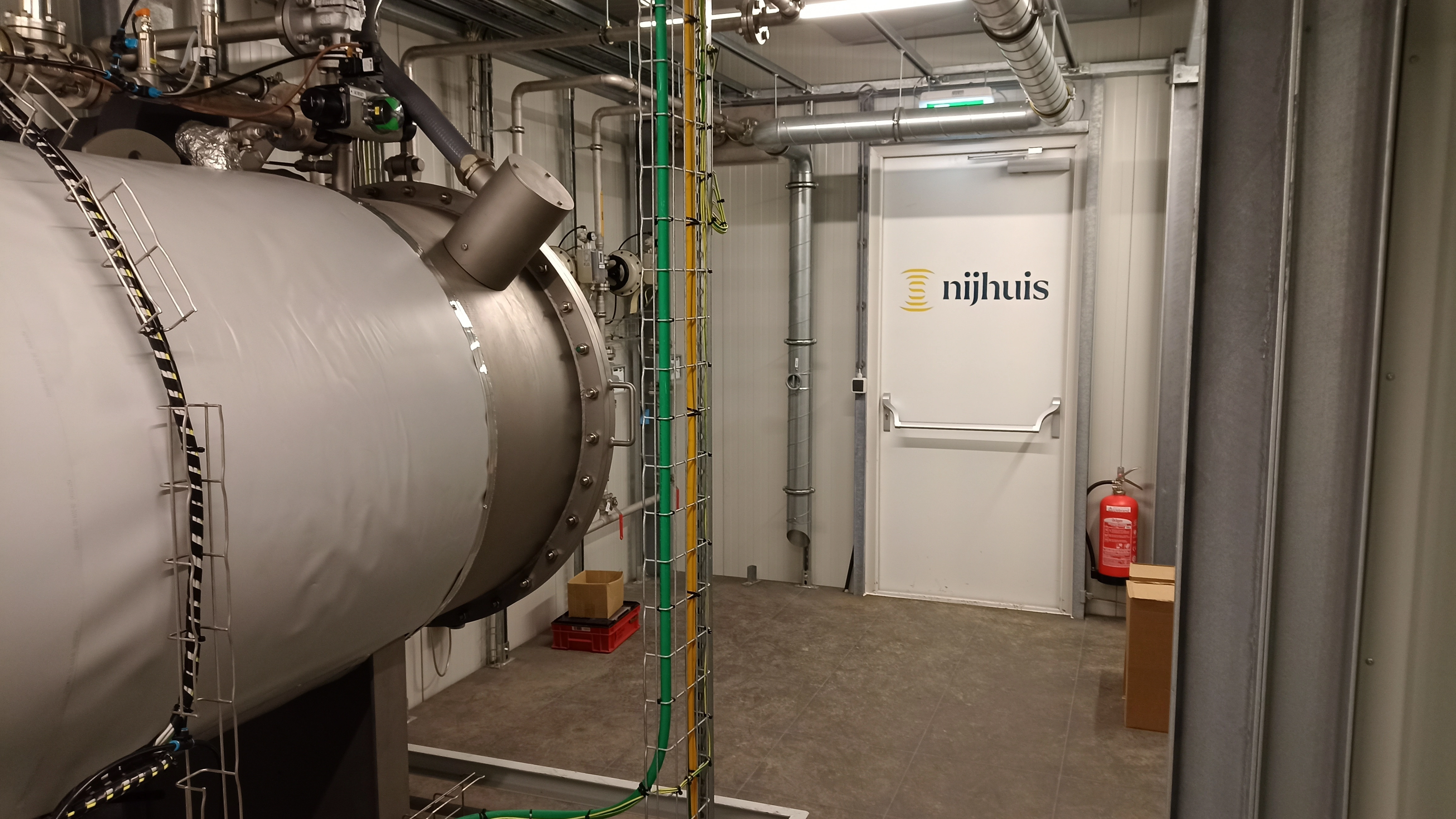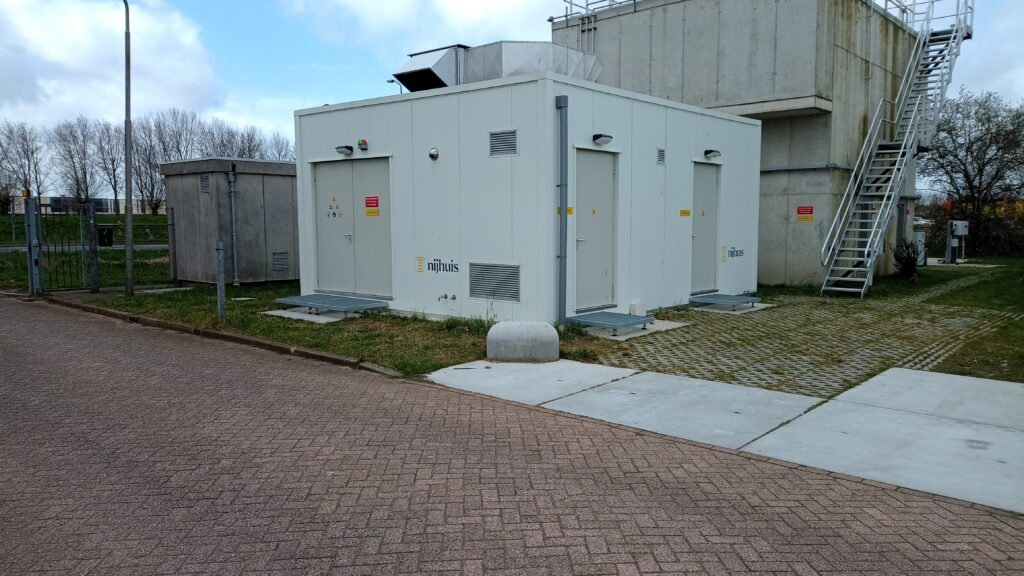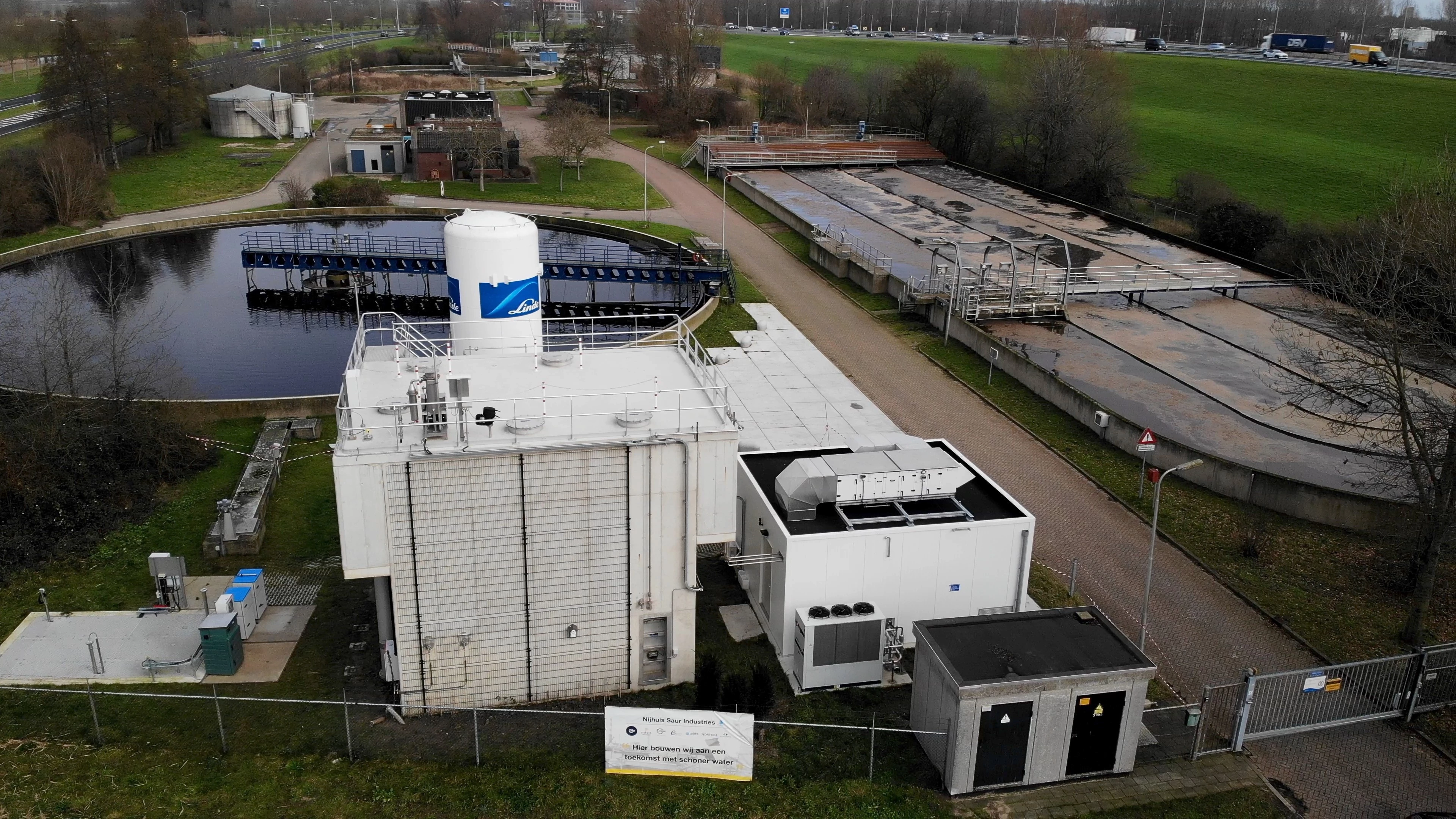Project’s context & challenges
The Houten wastewater treatment plant (WWTP) in the Netherlands was identified as a national hotspot for medical residues in effluent. These residues pose a risk to the environment and drinking water sources, particularly the nearby ‘Lek’ Canal. To address this, water authority Hoogheemraadschap De Stichtse Rijnlanden commissioned Nijhuis Saur Industries to deliver a full-scale ozone installation for advanced treatment. The project also reflects a shift in Dutch municipal contracting toward collaborative “Construction Team” tenders for complex technologies.

Key figures
870 m3/h
Capacity:
Customer Benefits
Significant reduction of medical residues in effluent
Improved quality of drinking water sources
Compliance with emerging micropollutant regulations
Collaborative design process reduces risk and improves outcomes
Enhanced operational and maintenance planning
Solution
Nijhuis Saur Industries, in partnership with Pannekoek GWW, Moekotte and Witteveen+Bos, designed and delivered a full-scale ozone treatment system for the Houten WWTP. The system targets the removal of pharmaceutical residues, improving effluent quality and protecting downstream water sources. The project was executed under a Construction Team tender model, enabling faster design, better risk allocation, and more accurate budgeting.

Scope of supply
- Full-scale ozone oxidation system
- Engineering and design collaboration with partners
- Construction and commissioning
- Process guarantees and operational support
Applied solutions
- Ozone oxidation for advanced micropollutant removal
- Collaborative tendering model for efficient project delivery
- Design-build-operate integration for long-term performance
- Micropollutant removal and compliance aligned with Dutch water authority goals
